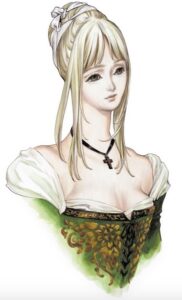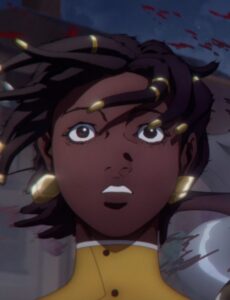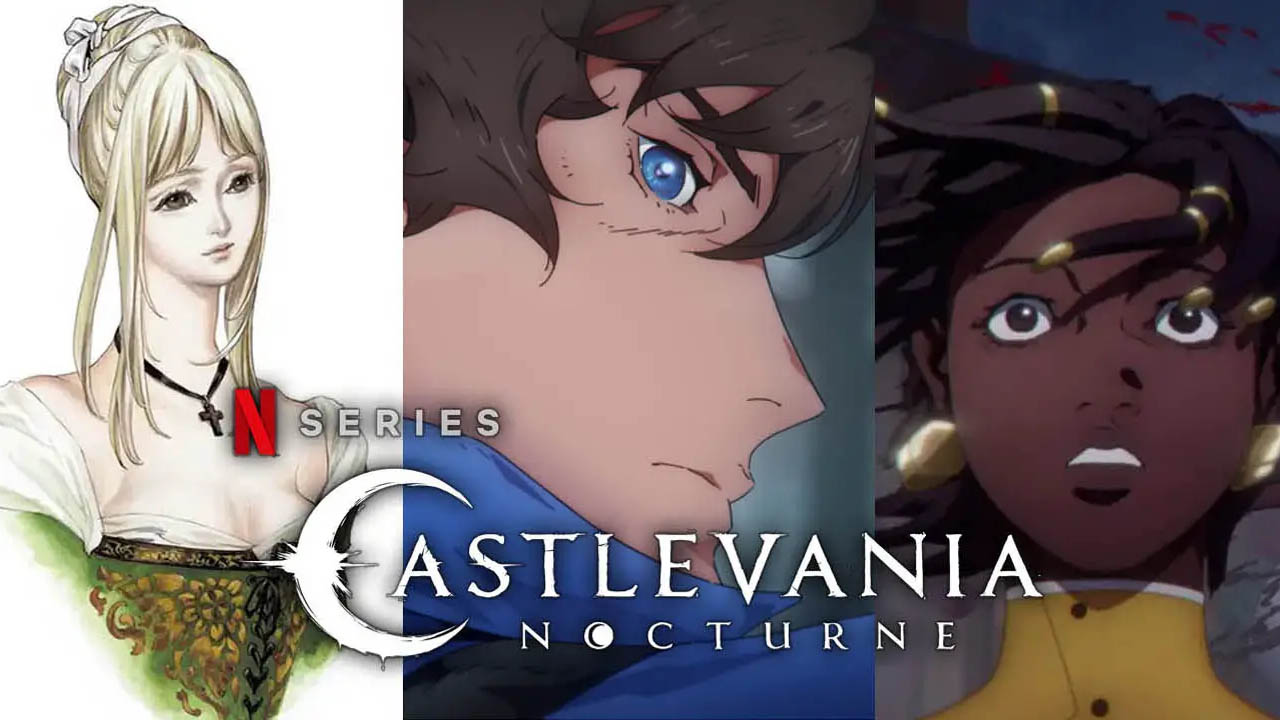
Netflix’s Castlevania animated series, spanning four seasons, ventured into the world of a long-cherished video game franchise.
The series thoughtfully picked up the events of Castlevania III: Dracula’s Curse as its starting point, an era with ample potential for creative storytelling while staying true to the timeline. However, this seemingly promising journey took an unfortunate turn, straying far from the essence of Castlevania.
From the very first episode, it was evident that the show’s direction missed the mark, disappointing those who truly admire the authentic Castlevania experience.
As a sequel series approaches in September, following the Rondo of Blood storyline, hopes were high that Netflix had learned from past mistakes. Regrettably, the showrunners chose to double down on deviating from the core elements that make Castlevania special.
In this comprehensive feature, a team of dedicated vampire hunters and I delve into the shortcomings of Netflix’s Castlevania. It’s important to note that my critique is primarily based on the initial episode, which was enough to reveal a show seemingly driven by cynicism and a desire to subvert the essence of the beloved franchise.
1. The Music
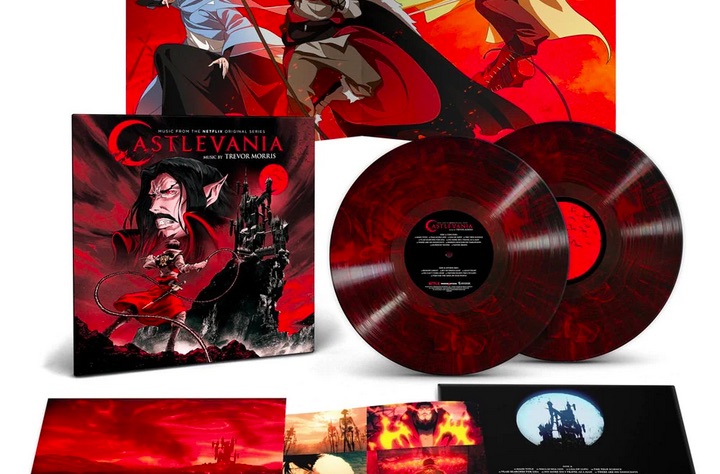
One of the defining charms of Castlevania lies in its unforgettable and atmospheric soundtrack, which has captivated fans for years. Surprisingly, this aspect should have been a straightforward win for the show. However, Netflix’s adaptation falls short, displaying a disregard for the rich musical legacy of the video game franchise.
The OST from Castlevania III: Dracula’s Curse alone offers a treasure trove of possibilities to explore and interpret. Throughout the history of Castlevania games, not a single one has been plagued by a subpar soundtrack. Later releases on the GBA and SNES platforms further expanded this ever-growing library of exceptional musical choices.
Yet, to the dismay of fans, Netflix’s show squandered this golden opportunity to create the perfect ambiance. Instead of embracing the beloved video game music, the series seems to dismiss it, leaving fans disappointed. Even the most basic utilization of these iconic themes in the show’s intro or outro was overlooked by the showrunners, leaving viewers yearning for the authentic Castlevania experience.
2. Cheap Subversion and Character Assassination
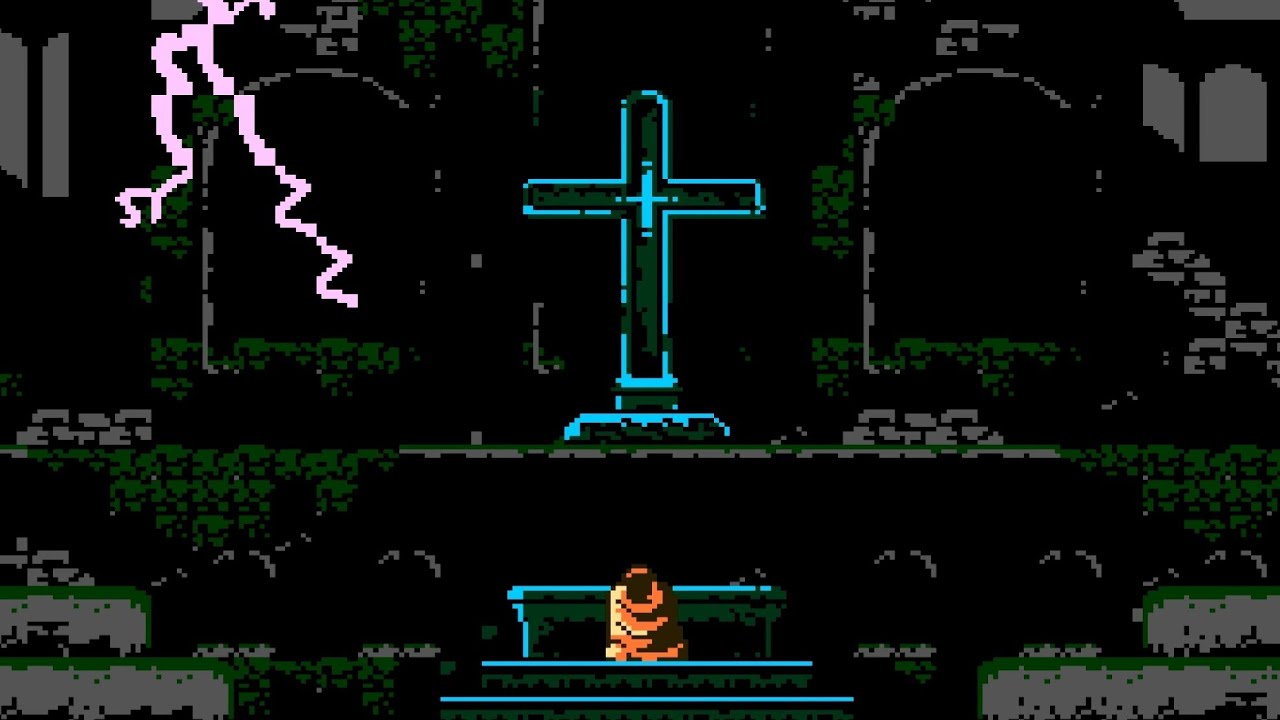
When Trevor Belmont first graced the screen in Castlevania III: Dracula’s Curse, the opening shot of him kneeling and praying to a cross spoke volumes about his character. His deep reverence, unwavering faith, and devout nature revealed that his ultimate weapon against Dracula was not just physical strength but also his unshakeable belief.
The original NES game, limited in its storytelling capacity, relied on visuals and atmosphere to convey its message. Nonetheless, it made it abundantly clear that the real Trevor Belmont was a man deeply rooted in faith.
In the animated adaptation by Netflix, however, Trevor’s introduction took a different turn. Portrayed as a drunken slob disavowing his family’s lineage, the show seemed to present him as a godless character, seemingly diverging from the essence of the real Trevor Belmont.
Netflix’s animated show depicts him as a godless bum because the show’s primary writer, Warren Ellis, is an insecure atheist who does not know how to write a character like the real Trevor Belmont.
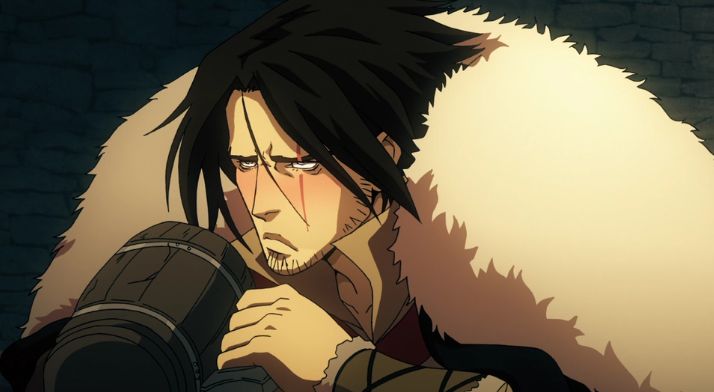
While the game allowed for ambiguity and abstraction, the adaptation had ample material to work with, but it seemingly overlooked Trevor’s true identity.
This lead to numerous fans to question the writer’s approach to this adaptation, especially regarding his portrayal of faith in the series.
3. Offensive Character Redesigns
The above artwork slides are supposed to be the same character.
Castlevania: Rondo of Blood, originally a PC-Engine CD game, gained fame for its anime-style art and historical accuracy typical of 90s anime. Annette, among the maidens Richter sought to rescue, was portrayed with light skin, blue eyes, and lavender hair, perfectly fitting the game’s aesthetic.
With Castlevania: The Dracula X Chronicles on PSP, a remake of Rondo of Blood, new character designs emerged to align with Symphony of the Night‘s style. Ayami Kojima, known for her masterful baroque-esque illustrations, took on the task; introducing some creative liberties while staying true to the essence of the characters.
The Castlevania: Nocturne teaser showcased character redesigns that deviated significantly from the original depictions. Some viewers found the changes not only jarring but also offensive and off-putting, making it difficult to recognize the characters without prior knowledge.
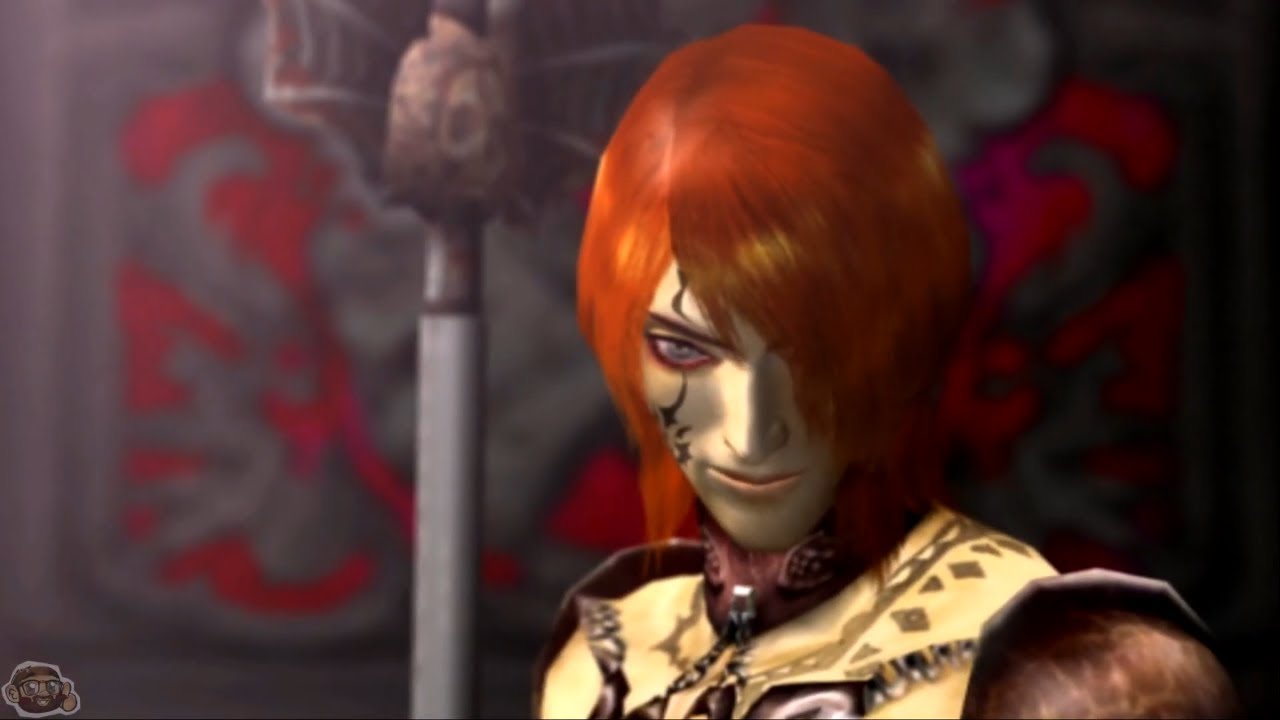
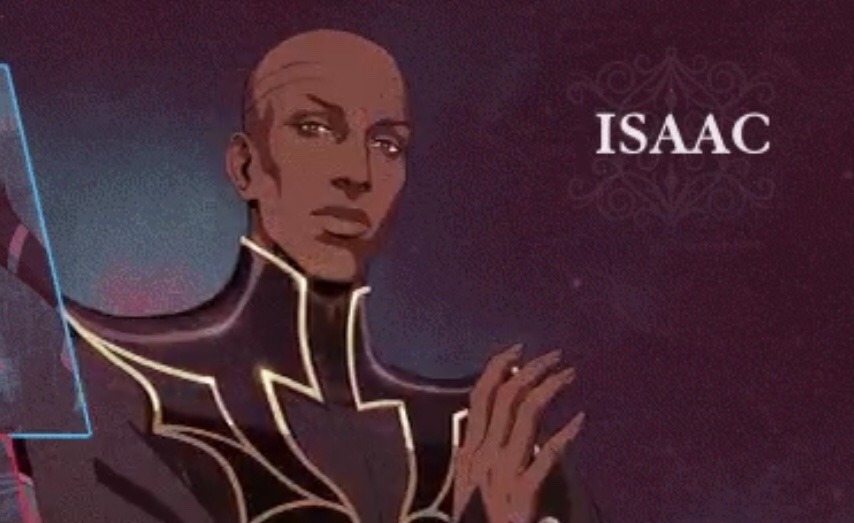
Concerns arise about the extent of these alterations, with even the above character Isaac facing the dreaded “redhead recasting” that is so prominent in western media.
4. Grant Danasty Was Done Dirty

Throughout the four-season run of the Castlevania series, an adaptation of Dracula’s Curse, one notable absence left fans disappointed – the exclusion of the beloved character, Grant. Despite the introduction of various original characters, the show failed to incorporate Grant, a fan-favorite from the game.
Initially, the omission might have been understandable in the brief four-episode first season. However, as subsequent seasons expanded in length, the absence of Grant, one of the main characters who joins Trevor, became more conspicuous. His intriguing design alone suggests a captivating and morally complex backstory.
This lack of attention to essential game elements raises concerns about Netflix’s approach to interpreting Castlevania. While there may be other issues with the series, this glaring oversight alone has deterred some fans, like the ones mentioned in this feature, from fully engaging with the show.
Castlevania: Nocturne is premiering on September 28th via Netflix, and will include eight 25-minute long episodes. The original series is also available to stream on Netflix.

